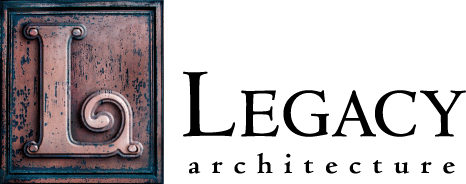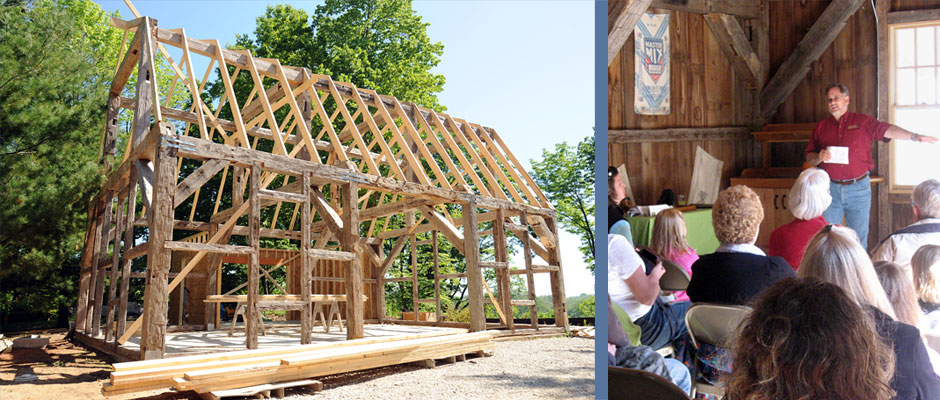Tech Ed Students from Sheboygan Falls Raise the Roof
And Rest of the Barn - at Bookworm Gardens Site
Benson, Dan. The Sheboygan Press. January 31, 2010, page C1.
Bookworm Gardens got some help from some young craftsman and some old timber recently when a class of technical education students from Sheboygan Falls High School helped erect a barn designed to conjure images of E.B. White's classic children's book, "Charlotte's Web."
The class of 10 students built the frame of the barn using timbers reclaimed from old barns.
"It was kind of a pain to work with because nothing was square," said Sheboygan Falls High senior John Kummer, 17, referring to the reused timbers that were harvested from a pre-1890s barn in northern Wisconsin.
Kummer was one of the 10 students who framed the barn, which will be one of the featured attractions at Bookworm Gardens, a 2-acre fantasy garden based on children's literature located on the campus of the University of Wisconsin-Sheboygan. The gardens mix paths, shrubs, trees and environmentally friendly structures with a series of about 10 reading-themed areas based on 74 different children's books, including "Charlotte's Web," the classic story about a talented pig and spider.
Ed Hughes, construction teacher at the high school, said he was approached a year ago by Bookworm Gardens executive director Deb Denzer to see if his class would be interested in building the barn.
The 20-by-30-foot barn was framed using hand-hewn timbers.
"We started cutting parts of it last spring and this fall we built the whole structure (at school) and then tore it down and shipped it over to the building site on the University of Wisconsin-Sheboygan campus," Hughes said.
The timber-framing style uses mortise and tenon joints in which the end of one timber, the tenon, is narrowed and inserted into a hole cut into the end of another timber, the mortise. Then a hole is drilled through both pieces of wood and a one-inch dowel is inserted to hold the two timbers together. No nails were used in its construction.
It's an ancient method that was used routinely by pioneers to construct their homes and barns and is still used today in some cases, Hughes said.
The students used modern tools to cut into the timbers.
"But they still learned a lot about the building technique," Hughes said.
"When it gets to be 20 or 22 feet in the air, you realize these aren't just little timbers.
The centerpiece of Bookworm Gardens is the Hansel & Gretel Administration Building, an A-frame cottage-style structure with a curvy roofline to resemble the famous house of the classic children's tale. It will include a classroom, offices, gift shop, restrooms and a small kitchen.
Denzer said the gardens won't officially open until October, but portions are completed, including the "Little House in the Big Woods" log cabin.
About $2.1 million has been raised so far, with $2.8 million being the goal.Using the reclaimed timber fits with the environmentally friendly approach to building the gardens, Denzer said.
"Without their help, we would not be as far along as we are," Denzer said. "For the kids, it has given them the opportunity to experience a type of building that really is not utilized any longer."

